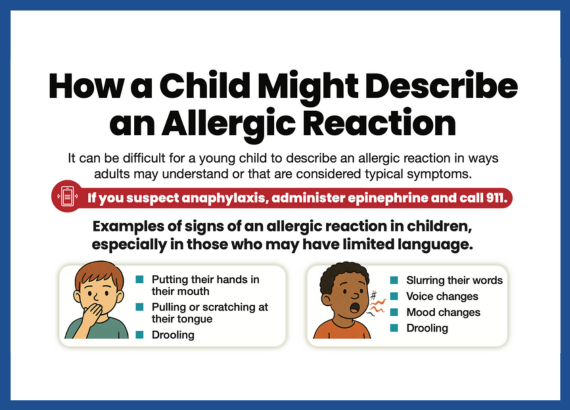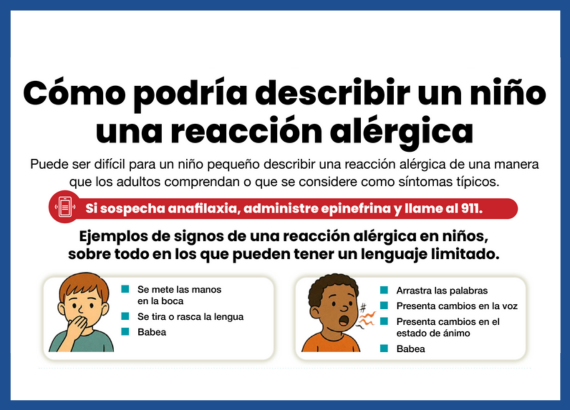Toolkit for Managing Food Allergy in the Classroom
Resources to help school staff, educators, and volunteers create and maintain a classroom environment where students with food allergy feel protected, welcome, and ready to learn.

If you haven’t had a student with a food allergy in your classroom yet, odds are you soon will. For reasons that aren’t completely understood, the incidence of food allergy is increasing. One in 13 children, or roughly two in every classroom, has food allergy.
School Posters
Click the cards and fill out the form to download these free and informative posters!
Print on 11" x 17" paper
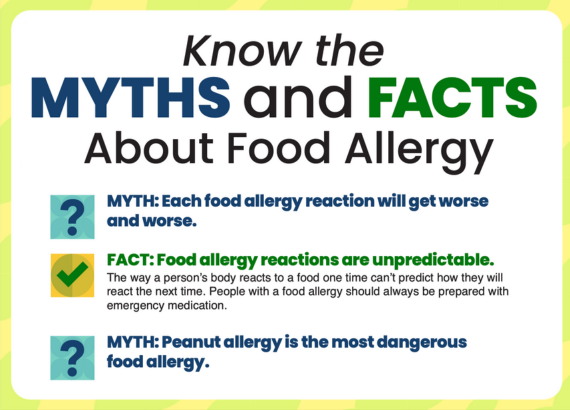
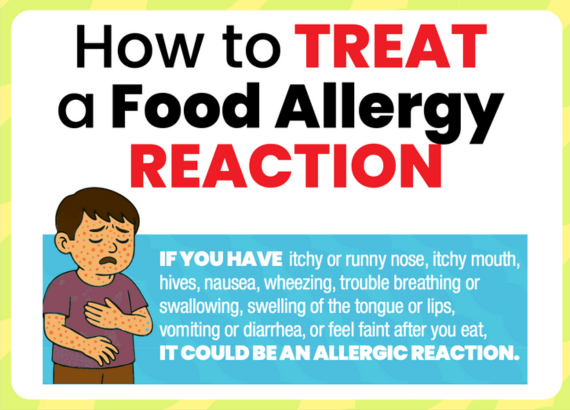
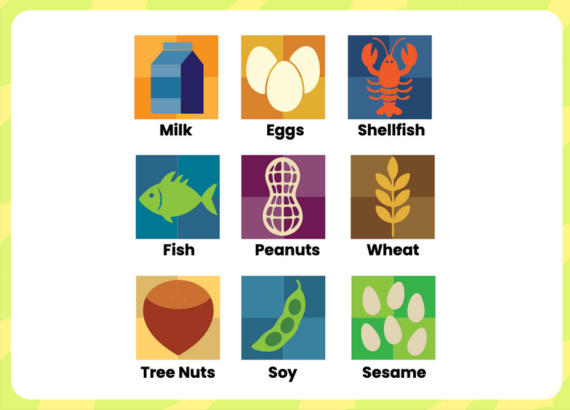
"How a Child Might Describe an Allergic Reaction" Poster
Children have unique ways of describing their experiences and perceptions, and allergic reactions are no exception. Precious time can be lost when adults do not immediately recognize that a reaction is happening or don’t understand what a child is telling them.
Print on 8.5" x 14" (legal size) paper
This resource was supported by Cooperative Agreement Number 6 NU38PW000050-01-01, funded by the Centers for Disease Control and Prevention, in partnership with the American Academy of Pediatrics. Its contents are solely the responsibility of Food Allergy Research and Education and do not necessarily represent the official views of the American Academy of Pediatrics or the Centers for Disease Control and Prevention.
Addressing Your Back to School Concerns
Food allergy parents always have concerns about their children's safety at school, but this year brings new challenges. Here are resources that address the top three topics that parents from the food allergy community told FARE would help them feel safer sending their kids back to a classroom this fall.
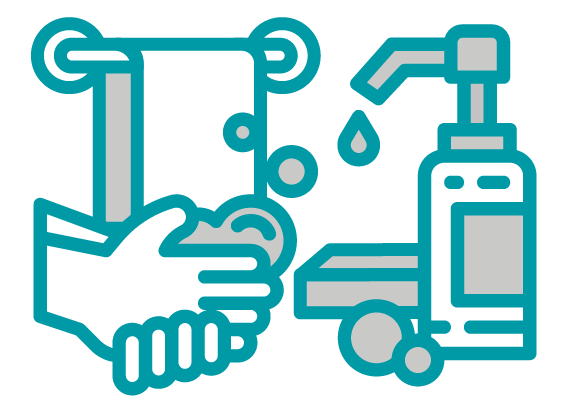
Strict hand washing
Food allergy families know the value of diligent hand washing. Now more than ever, reinforcing the need for soap and water is critical. Download this poster to display in classrooms or common areas to remind children how best to wash their hands, especially before and after touching food.
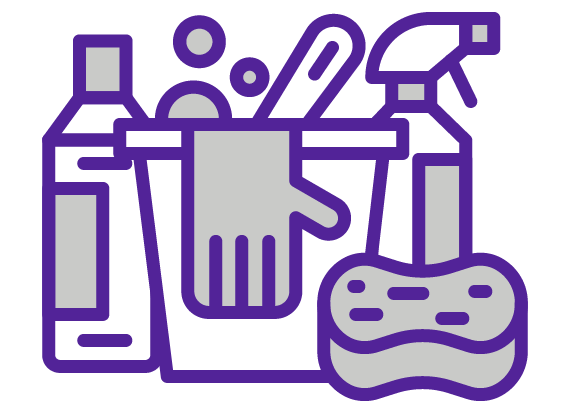
Routine Cleaning
These approaches to cleaning and disinfecting can help prevent cross-contact, which is the unintentional exposure to food residues and the transfer of food proteins between allergy-causing foods and safe foods. Download a PDF resource with this information in English or Spanish.
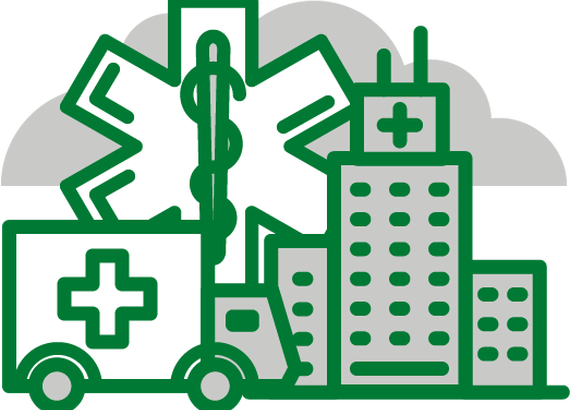
Training Course: Recognizing & Responding to Anaphylaxis
Will you know what to do if a student has an allergic reaction? Take this free course to learn more about anaphylaxis, its causes, and the proper emergency responses to help keep students safe.
Recognizing and Responding to Anaphylaxis Poster
Learning to recognize symptoms and how to react can help save the life of someone with food allergies. If two mild symptoms or just one severe symptom is being experienced, give epinephrine and call 911.
Classroom Tips
Follow these recommendations to minimize the risk of accidental ingestion or exposure to food allergens in the classroom.

FARE Fun and Games
Test your food allergy knowledge and share with friends and family to spread food allergy awareness!
Back-to-School Resource Hub
Grab your pencils and get ready to take notes because FARE is here to help you fill your backpack with renewed confidence as you take on the new school year.
Learn More


